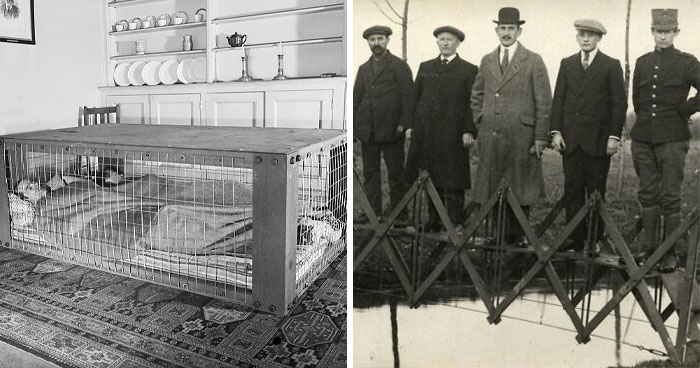Have you ever been stuck on a problem that you can’t seem to solve, no matter how hard you try?
If you were Steve Jobs, the answer would be straightforward: give it 10 minutes at most, and if nothing clicks, take a walk.
Now, neuroscientists from the University of Cambridge have concluded that Jobs wasn’t just indulging in exercise or enjoying the outdoors. Unknowingly, he was unlocking the brain’s problem-solving abilities through movement.
- Steve Jobs' 10-minute rule for problem-solving involves taking a walk if solutions don't appear within 10 minutes.
- Neuroscientists from Cambridge say Jobs' walking habit unlocks the brain's problem-solving abilities through movement.
- Dr. Mithu Storoni emphasizes that physical movement and minimal distraction during walks create perfect conditions for new ideas.
“I have clients, including a managing director, who follow this rule religiously. After 10 minutes of being stuck on a problem, he leaves his desk and goes for a walk,” Dr. Mithu Storoni shared.
Neuroscientists confirmed that the 10-minute rule popularized by Steve Jobs was not just a random habit but the key to unlocking his problem-solving skills
Image credits: Justin Sullivan / Getty
Storoni, author of Hyperefficient: Optimize Your Brain to Transform the Way You Work, recently discussed this principle on a podcast, where she went in-depth into a variety of well-researched strategies to help the brain function more efficiently, including what she calls the “10-minute rule.”
Image credits: Justin Sullivan / Getty
The advice is based on a critical difference between our brains and muscles. While physical tasks can be overcome by pushing your body harder until fatigue sets in, that approach can backfire for tasks that require mental effort.
Image credits: Anna Shvets / Pexels
Storoni argues that creativity and problem-solving benefit from a different mental state that encourages fresh connections and alternative solutions. Forcing your brain into action for extended periods often leads to frustration rather than results.
“Moving and exercising is like taking a bit of Prozac and a little bit of Ritalin,” said Harvard Psychiatrist John Ratey.
The simple act of taking a walk around the neighborhood provides numerous benefits that supercharge the brain for tackling complex problems
Image credits: DC Studio / Freepik
Walking causes several beneficial things to happen that contribute to creative thought processes.
First, it keeps you alert and awake. The constant movement and pace make it impossible for drowsiness to set in, keeping the person sharp as they shuffle through their thoughts.
Image credits: Startup Stock Photos / Pexels
Second, the constantly moving environment during a walk prevents you from fixating on a single idea, opening up space for your brain to explore other possibilities and connections.
View this post on Instagram
Third, it limits obsessive thoughts because part of your attention is diverted to navigating your environment. According to Storoni, this combination of light physical activity and minimal distraction creates the perfect conditions for new ideas to form.
Image credits: Michael L Abramson / Getty
“We need to move. It was only 10,000 years ago that we were hunter-gatherers, and we moved anywhere from 10 to 14 miles a day,” Ratey added, explaining that the keys to our well-being are not in the future but in embracing the habits of our ancestors.
I suspect the rest of the story being when he gets back from the walk, if they haven't figured out a solution then someone was going to get fired to "motivate them"
As I understand from Internet he was a complete psychic disturbed boss who played games with his workers for his own amusement? And then he refused cancer treatment?
Great story! I believe Pisces people are all like this when we listen to them. Einstein was a Pisces, Chuck Norris..
I suspect the rest of the story being when he gets back from the walk, if they haven't figured out a solution then someone was going to get fired to "motivate them"
As I understand from Internet he was a complete psychic disturbed boss who played games with his workers for his own amusement? And then he refused cancer treatment?
Great story! I believe Pisces people are all like this when we listen to them. Einstein was a Pisces, Chuck Norris..

 Dark Mode
Dark Mode 

 No fees, cancel anytime
No fees, cancel anytime 



































17
3